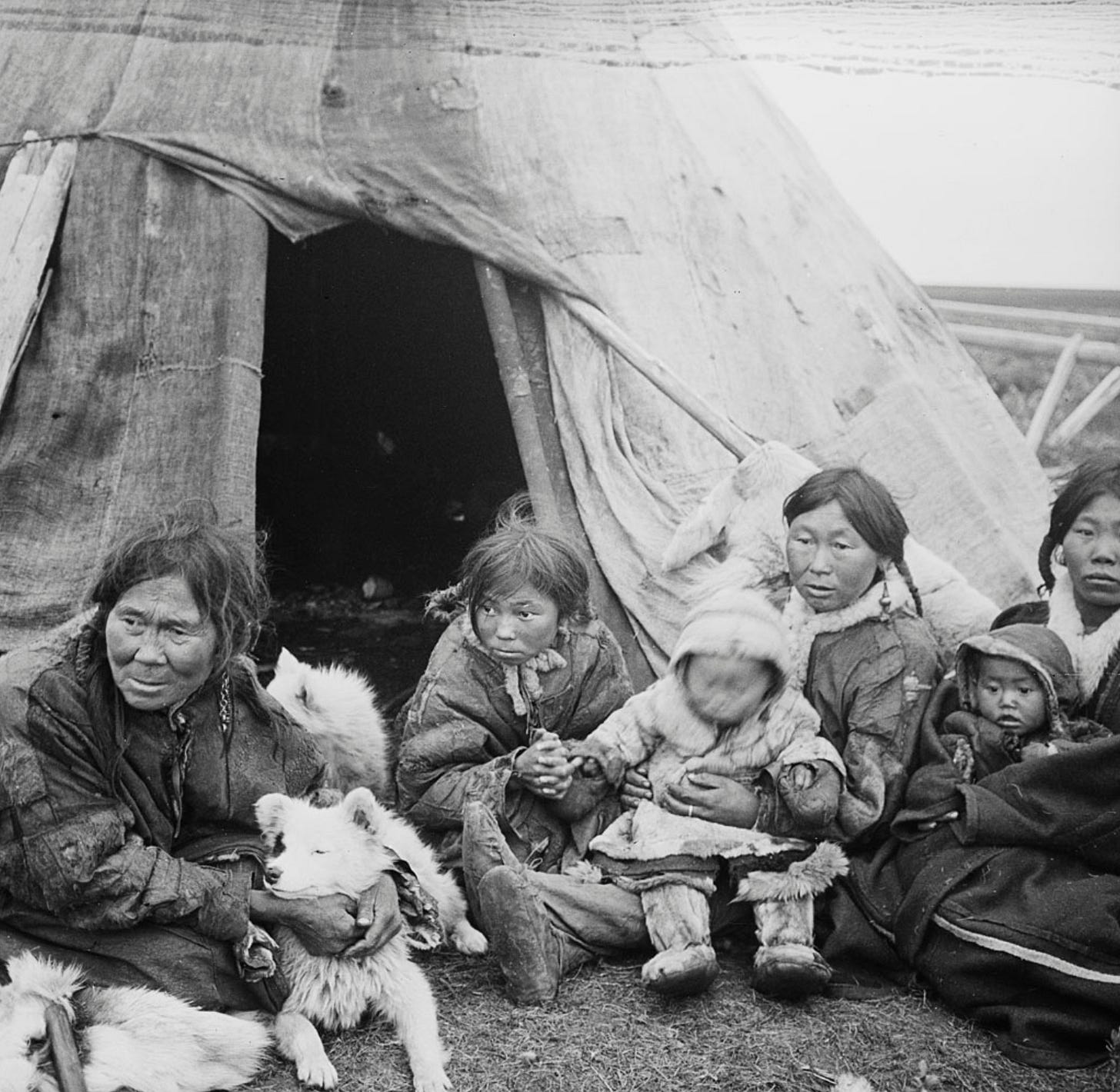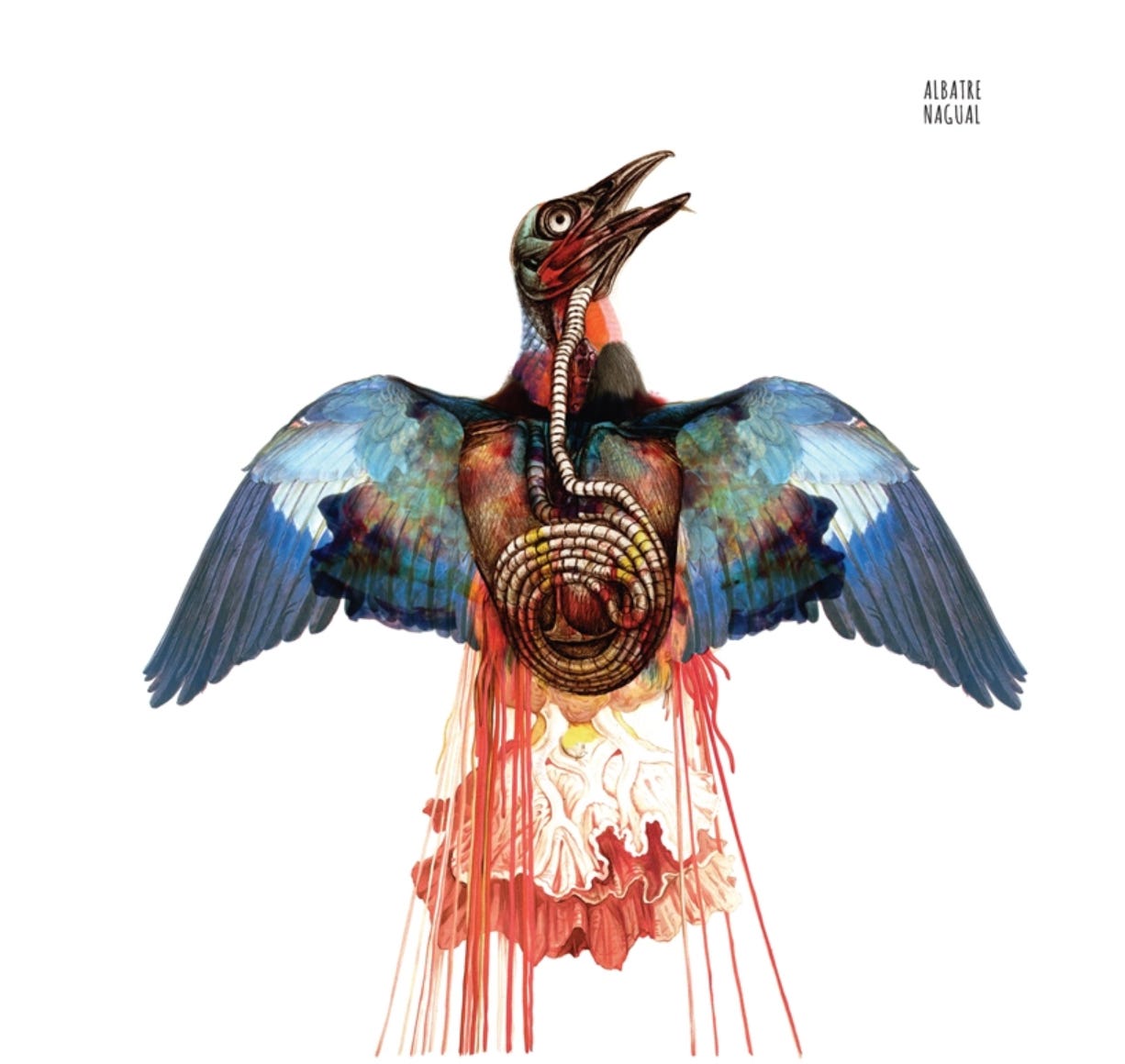Fresh Batch #17: Creation and Naguals
From the Generalized Perspective of the American Tribes
Click here for the source of the image.
The people from Mexico down through South America have far more intricate religious rites and mythoses than the tribes of the north in the regions we now call the United States and Canada. My goal with this research is to figure out why that is. Some of the Americans have similar features to those encountered in Mexico, but with different languages and culture. Yet the Mexicans dwelt among remnants of advanced civilization while demonstrating no knowledge or techniques for building their megalithic temples. They lived almost as primitively as the Indians to the north. They had no pulleys or beasts of burden to account for lifting megaliths; no wheels or wagons. Their weapons were made with cane. They didn’t have hard tools because they hadn’t learned how to mine and smelt iron yet. They did have a more materialistic tribute system that resembled systems found on other continents, while the Indians in the north are more comparable to the Nenets people of the Polar Circle in Northern Russia.
As a brief aside, the Nenets are claimed to have a history that goes back a couple millennia, but their history of interacting with Russians only goes back to the 11th century AD. Here is a great video titled How nomads survive beyond the Polar Circle. Keep in mind that they did not learn how to herd reindeer on a large scale till the 18th century.
The Mexicans had glyphs for the common people, which weren’t hieroglyphs (sacred glyphs that only the Initiated can read), and they used paintings to record their history, which the Inquisition destroyed for reasons explained in my latest book Spirit Whirled: Terminalia.
I may stand corrected regarding Nagualism and shape shifting, in that I suspected it was foisted onto the tradition to demonize it. In my above book, I wrote, “Nahuatls are indigenous religious practitioners that were labeled sorcerers by the Spaniards. Nagualism is a shamanic practice. Some think it’s about shape-shifting into animal forms but I suspect it’s more about connecting with animal nature in oneself, as no one can demonstrate the ability to shape-shift.”
Deloria observed that this idea implicated the unity of life (God Is Red), “Very important in some of the tribal religions is the idea that humans can change into animals and birds and that other species can change into human beings. In this way species can communicate and learn from each other.”
Nuñes de la Vega’s account of the Nagualists (from his ninth pastoral letter) is similar, “The Nagualists practise it (divination) by superstitions calendars, wherein are inserted the proper names of all the Naguals, of stars, the elements, birds, beasts, fishes, and reptiles, with observations upon the months and days, in order that children, as soon as they are born, may be dedicated to that which in the calendar corresponds with the day of their birth: this is preceded by some frantic ceremonies and the express consent of parents, which is an implicit pact between the infants and the Naguals that are to be given to them.” (I noted that the Old World does this with our natal signs. How different is Nagual from natal?)
The Mexicans had the same flood story as Noah, only he was called Patecatle, sometimes called Coxcox or Cipaquetona.
If you’re interested in the creation stories of the North American Indians, become a member to access the rest of this article.
Keep reading with a 7-day free trial
Subscribe to Ancient History, Mythology, & Epic Fantasy to keep reading this post and get 7 days of free access to the full post archives.






